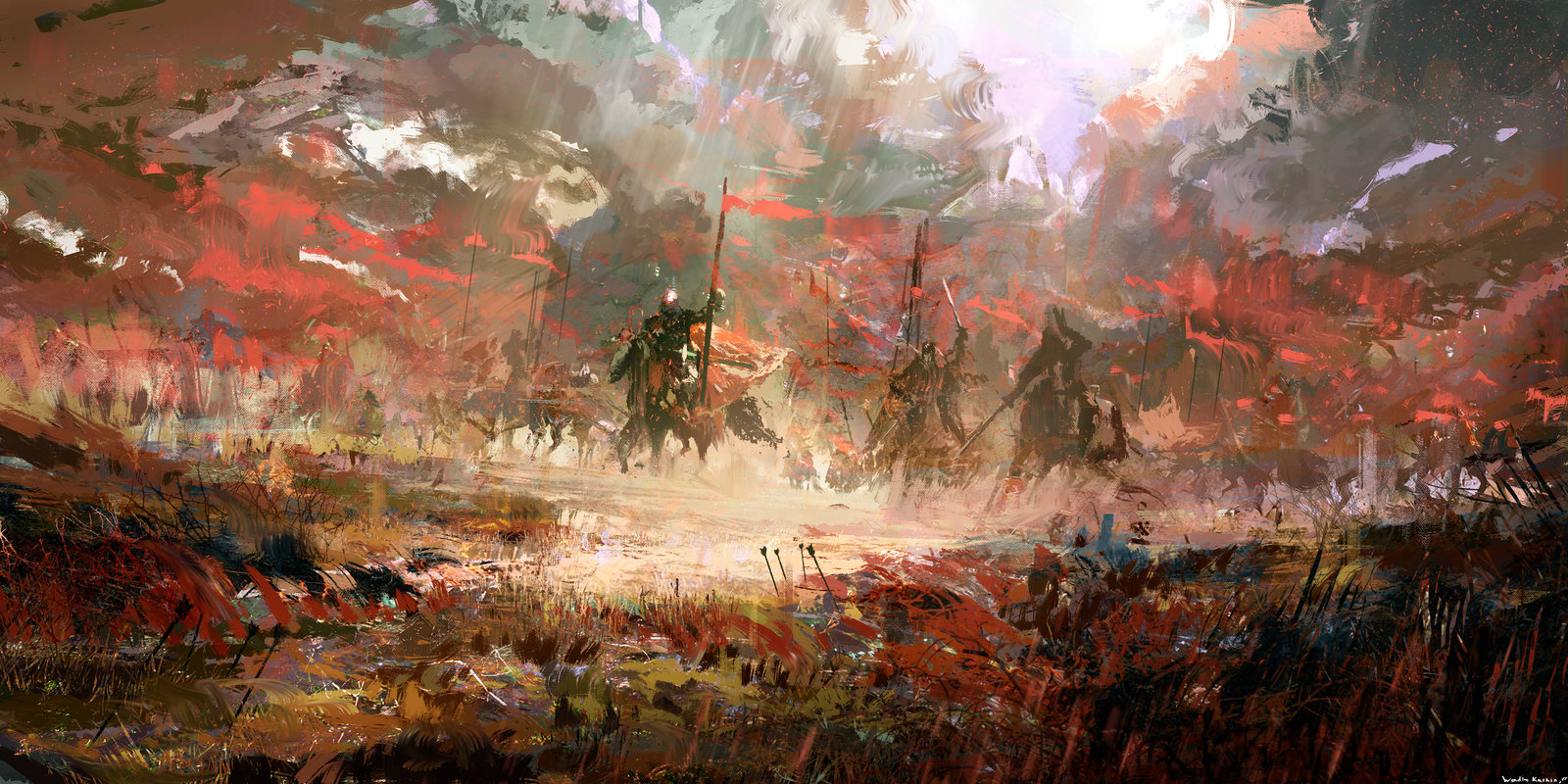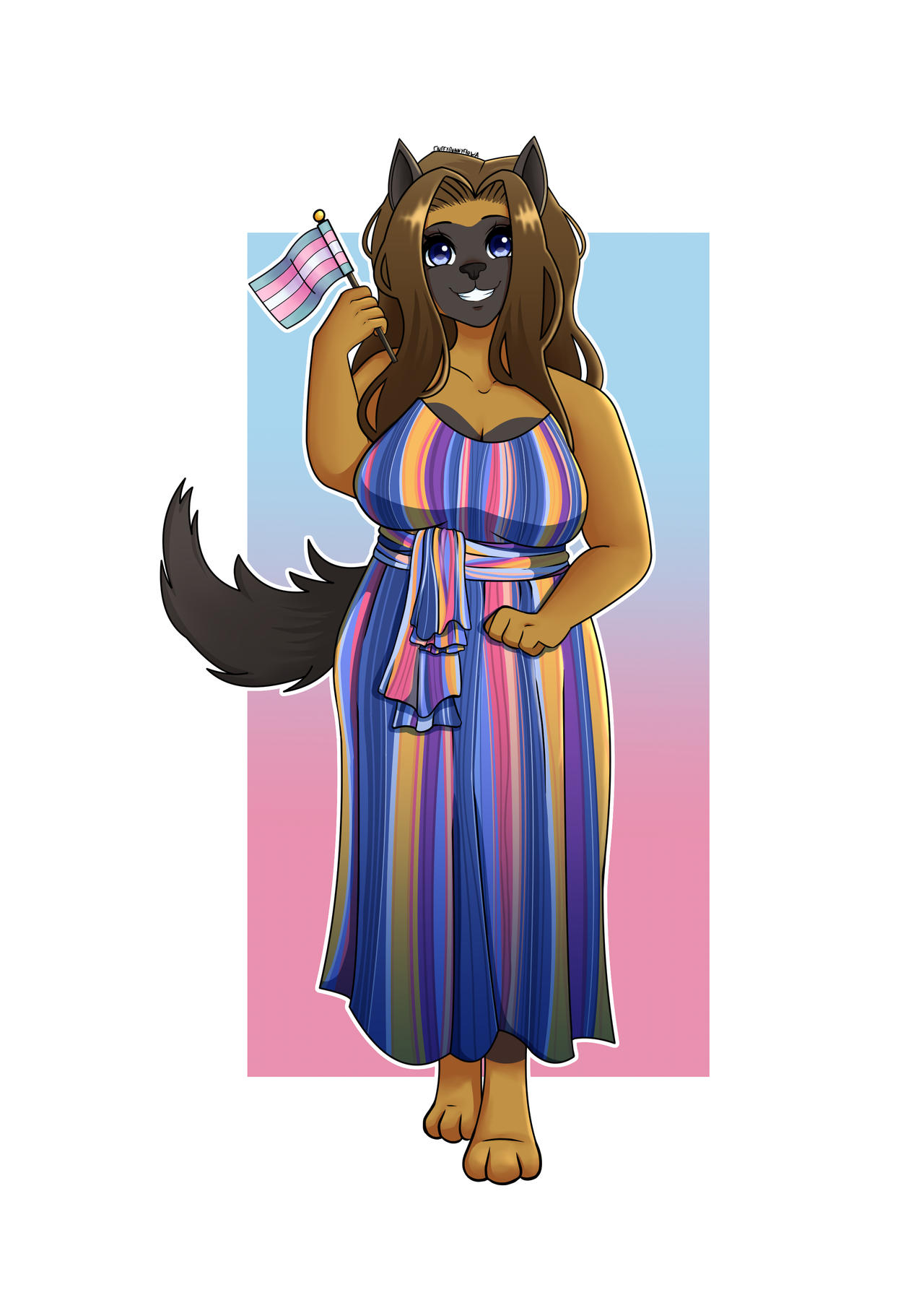Festival of Water and Blood
Ogres have been considered barbarians for much of history due to what many see as an unsavory practice of cannibalizing their own dead and devouring the bodies of their enemies after a battle. However, in my time spent with the Silverclaw Tribe, I have come to realize that this practice is not done out of sadistic glee, but a deep respect for nature as a whole. This festival, the center of all the hatred that Ogre hold, ironically is done in respect to the other races despite that hatred.
History
Execution
War Fasting
Originally this festival had not existed, however in the past three hundred years when the Ogre began to join in great battles where many died, they faced their first great failing. There were simply too many corpses on the battlefield, and the meat could not be gathered in time, let alone eaten in time. Hundreds of pounds of meat spoiled, and many Ogre fell sick and died as well due to struggling to uphold their traditions. Due to this, the elders created a new aspect of the tradition itself. It was named "War Fasting", and the rule was simple, the day before a great battle was to take place, the Ogre could not consume anything but water until the battle was over. The Ogre have also named this as the "Festival of Water", and often involves the use of meditation in steam houses, hot springs, waterfalls both to reserve energy for the coming battle, and achieve a degree of peace and control in order to tame their appetite and maintain their willpower to not consume food or drink. Often, before a battle spies of the other armies will locate the tribes expecting to find them eating, preparing weaponry and tactics, and so forth, only instead to find them drinking water and peacefully waiting for battle. Due to this, many rumors have claimed that the Ogre do not actually need to eat and that they only feast on the flesh of the dead out of sadistic glee, having accelerated the hatred they receive from the other species.Battlefeild Feast
The second and original half of the festival, in this the Ogre follow their customs as a species. Gathering and butchering the bodies of their own and the enemies, as well as anything else that died in the crossfire. Meat is separated and the rest of the bodies are placed in great boxes of brine to remain preserved while the festivals second step takes place. This is always done on the battlefield itself, and elders, as well as children and surviving fighters, are all included within it. Great bonfires are built surrounded by smaller campfires, blood wine is brought in great barrels, and the feast is held. Due to the nature of this, it has been nicknamed the "Festival of Blood", and as such paired with the previous stage the names have been combined to become the "Festival of Water and Blood". As one would assume, due to this practice, the Ogre had been solidified as sadistic psychopathic cannibals that feast on the flesh of their own, hounding the battlefields for the corpses of the fallen. Despite it being the opposite, as every corpse is thanked, and even apologized to for the loss of their lives due to how seriously Ogre take the loss of any life, enemy, racist, or otherwise. Elders of the tribes walk the battlefield, thanking each body individually and promising they would be put to use as the others of the tribe prepare for the feast. Once they have been thanked, and the feast begins, great stories are told of brighter things than war and battle. Stories of peace, of life and the great cycle of birth to death, and how all life must be respected. The feast is a means to try as a species to ensure the next generation understand what a terrible thing it is to take the life of another, and that though often it is needed, they must always be respectful of it and take the higher ground no matter how badly the dead may have wronged them in the past. It is due to this festival that the species has retained its open mind toward the other races over hundreds of years of abuse and racism, never faltering in their beliefs.Components and tools
General Information
Type:Festival Origin Date:
~270,000,000 BR Notable Festivals:
- 239 AR - "Battle of Astrens Rush"
- 371 AR - "Korens Retreat"
- 376 AR - "Battle of Blood Mountain"
- 496 AR - "War of the Tribes"
- 782 AR - "Fall of Dra'kun"
Unique Food & Drink
During the "Festival of Blood", the Ogre tribes are allowed to drink a rare alcohol that they make from scratch with each battlefield known as Blood Wine. This drink is known for being made from the blood of the fallen in great battles and due to this restriction is quite rare, and considered a unique treat to the Ogre in question that drinks it. This drink is a large part of why it is known as the "Festival of Blood", combined with the obvious slaughter that must happen before the festival in question.Remove these ads. Join the Worldbuilders Guild












Great layout, well written and fantastic quote! Looking forward to reading more from your world :D
I just finished some new art in my latest article: Pinecrest College of Aviation!
Appreciate the feedback! Glad you enjoyed, I'll be working on more articles and updated the races within the next few days. :D